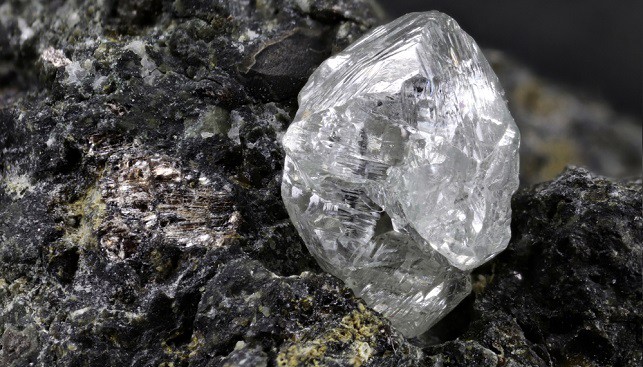For billions of years, diamonds have been formed deep below the Earth’s crust, around 100 miles beneath the surface. Over time, these precious gems have made their way to the top through explosive eruptions known as kimberlite eruptions. The cause behind these eruptions, which bring heat from the Earth’s core, has long puzzled scientists. However, a recent study, reported on by Popular Mechanics, has utilized advanced geodynamic models powered by supercomputers to shed light on this geological phenomenon, accurately simulating kimberlite eruption activity over the past 200 million years.
Pressure, heat, and extensive periods of time are the essential ingredients for diamond formation. The Earth’s mantle, a hot and viscous layer separating the core from the crust, provides the perfect environment for these elements to converge. Despite originating approximately 100 miles below the Earth’s surface, diamonds somehow find their way to mines and jewelry stores worldwide, leaving scientists questioning the mechanics behind their appearance.
For years, researchers have known that kimberlite, an igneous rock, can carry diamonds within its composition during volcanic eruptions. These eruptions, found in various locations such as South Africa, the northeastern United States, and Siberia, are responsible for the release of diamonds. However, the driving force behind these eruptions has remained a geological enigma.
In a statement quoted by the website, the authors say: “We calculated the movements of heat upward from the core and discovered that broad mantle upwellings, or ‘pillars of heat’, connect the very deep Earth to the surface. Our modeling shows these pillars supply heat underneath kimberlites, and they explain most kimberlite eruptions over the past 200 million years.”
To conduct their research, the scientists employed powerful supercomputers housed at the National Computational Infrastructure in Canberra, Australia. These machines, previously used in April to explore the Earth’s inner core, generated geodynamic models that accurately simulated plate tectonics movements and known kimberlite eruptions worldwide.
The models successfully explained eruptions in Africa, Russia, and Brazil, and partially accounted for known kimberlite eruptions in the United States and Canada. However, the researchers suggested that some kimberlite eruptions in North America might have been fueled by a process called “plate subduction” rather than the heat pillars identified in their study.
In addition to confirming known kimberlite eruptions, the models also hinted at potential undiscovered eruptions in East Antarctica and the Yilgarn Craton of Western Australia.
The utilization of highly precise supercomputer simulations to study the Earth’s geological dynamics could have significant implications for industrial mining. These geodynamic models have the potential to identify areas rich in diamonds and predict future kimberlite eruptions. Furthermore, they may aid scientists in locating valuable minerals such as cobalt, nickel, and rare earth metals, essential for powering humanity’s transition to green energy.
Read the full article here.












